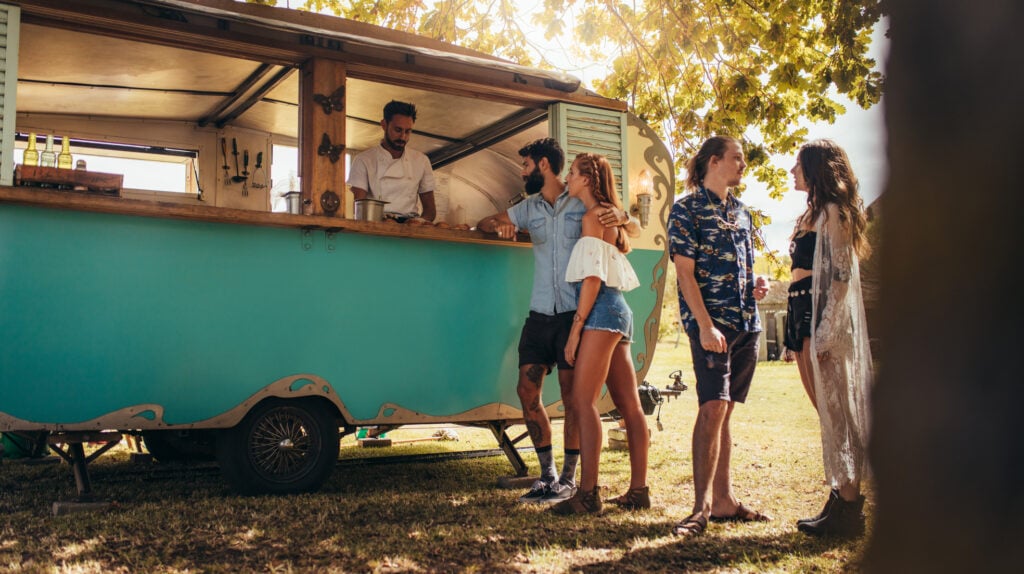Using Real-World Data for Customer Lifecycle Marketing
July 1, 2021

There’s no denying that experiential marketing is making a comeback. For brands looking to test out this type of marketing, there’s no better way to jump on this trend than a pop-up location. In a post-COVID world, pop-ups can be the perfect option for brands that are looking to evolve and innovate.
Finding the perfect location for a new pop-up shop can be tough; there are a lot of factors to consider like retail foot traffic, consumer demand, and competition. There is a way for brands to narrow down the perfect location for their next pop-up shop — by using data and analytics.
Location intelligence can provide brands with insights to understand the shopping habits of their customers and determine preferred locations for a pop-up store based on foot traffic patterns. Here are three ways that location intelligence can help you help your pop-up shop succeed.

Scout Your Perfect Pop-Up Location
Before the coronavirus pandemic, brands knew a whole lot about their loyal customer base. The shift in buyer behavior has challenged many to revisit their data-driven business strategies and brands are faced with trying to understand the new customer journey. This makes picking a prime location for a new pop-up shop harder than it used to be.
Brands can analyze foot traffic data to determine where their audience goes in the real world. This prevents marketers from placing a pop-up store in a location that their target audience doesn’t go to. If a brand’s target audiences are gym-goers and basketball fans, then the perfect location would likely be somewhere near or inside a basketball stadium. Maybe a retailer’s target audience is people who travel for business, enjoy coffee shops, and stay at luxury hotels, then they would know to open a pop-up near or inside of a luxury resort.
Determine Your Pop-Up Theme
When people think of location intelligence, they might assume that this data solution is best used for selecting a pop-up shop location. Did you know that location intelligence can also help determine what the theme of the shop should be?
For example, a cosmetics retailer wants to open up a pop-up store. Summer is in full swing and in the past, customers were very interested in events around sunscreen, self-tanners, and body oils. While your sales data shows that customers are still interested in these products, foot traffic data tells a different story. Customers are visiting stores known for their perfumes in droves. This interest in perfumes makes you decide to create a pop-up around your custom perfume line rather than focusing on traditional summer products.
With this in mind, the cosmetic brand creates a pop-up location that specializes in those custom perfumes. The “fun in the sun” pop-up would have done well, but the custom perfume pop-up does infinitely better because this is what your customers are interested in right now.
Advertise Your Pop-Up Shop
There’s more to experiential retail than just opening a pop-up shop. It’s also about advertising the location to potential customers. You can use consumer foot traffic data to help you determine where customers go the most. For example, if your pop-up is in an active shopping center, then you want to advertise to people who frequently visit this location.
After it is implemented, you can continue to monitor how the campaign is performing by comparing visits before, during, and after the initial launch.
Data-Driven Marketing for Experiential Retail
Location intelligence gives retailers the ability to make business decisions based on real-world insights and interactions with their audience and customers. It helps retailers go beyond the restrictions of using only their first-party data and expands the horizon to include how their customers move around in the real world. In the end, the insights that are gathered by using location intelligence can tell brands not only what products to promote in their pop-ups but also where the best location is, and advertising locations for the highest returns.
For more information on location intelligence and how it can expand your experiential retail plans, contact us to speak with an expert.




